RARE! WWII 1944 Operation Market Garden “FIRED” Large .50 Caliber Machine Gun Bullet Recovered Between 101st Airborne DZ of Eindhoven and 82nd Airborne DZ of Nijmegen (1 Randomly Selected)

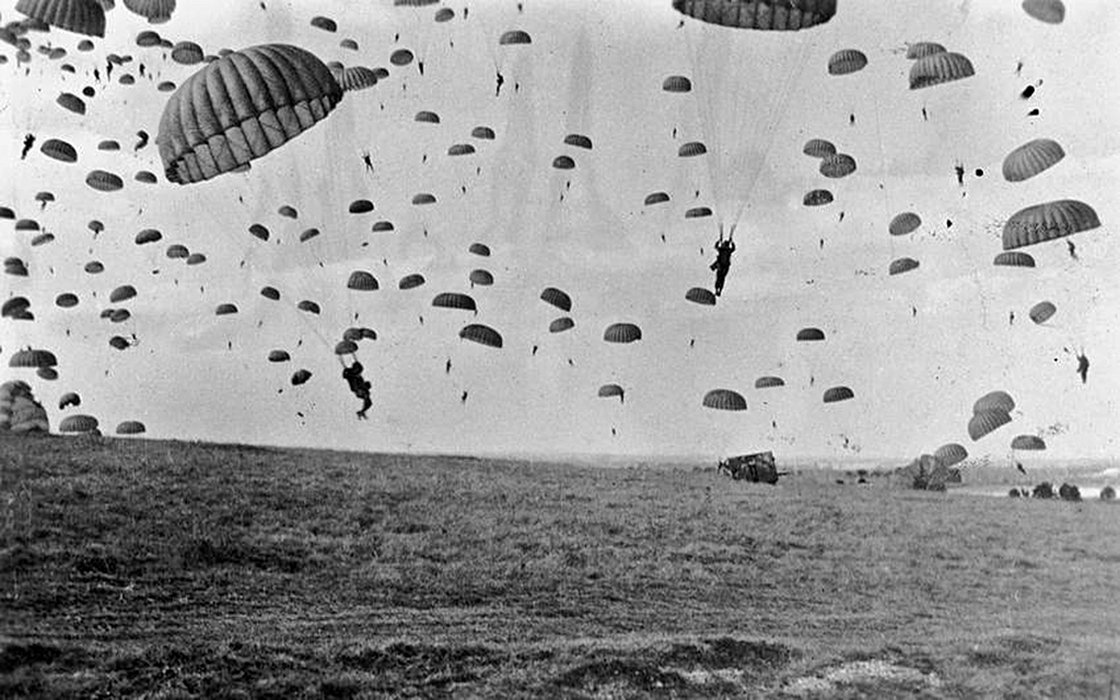
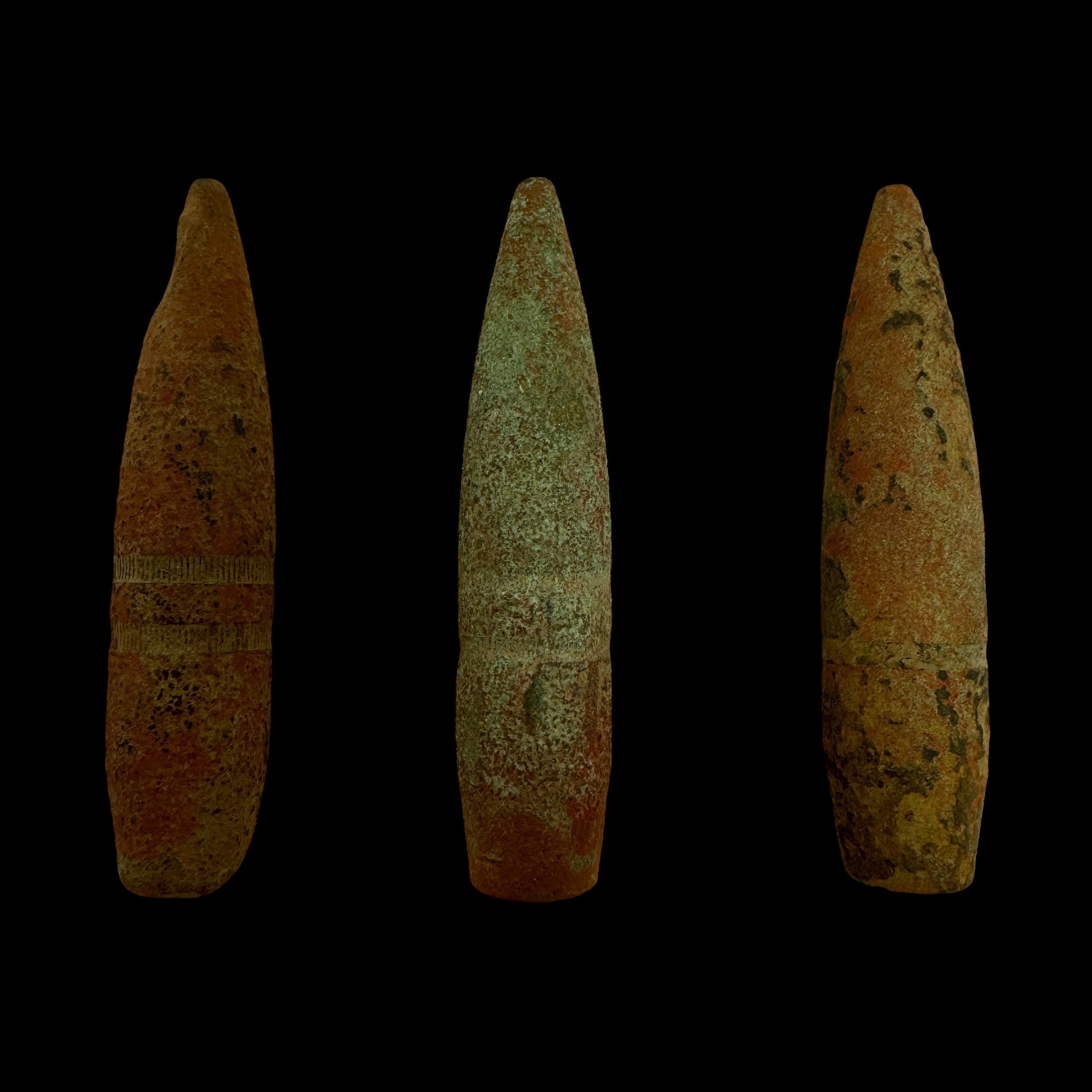


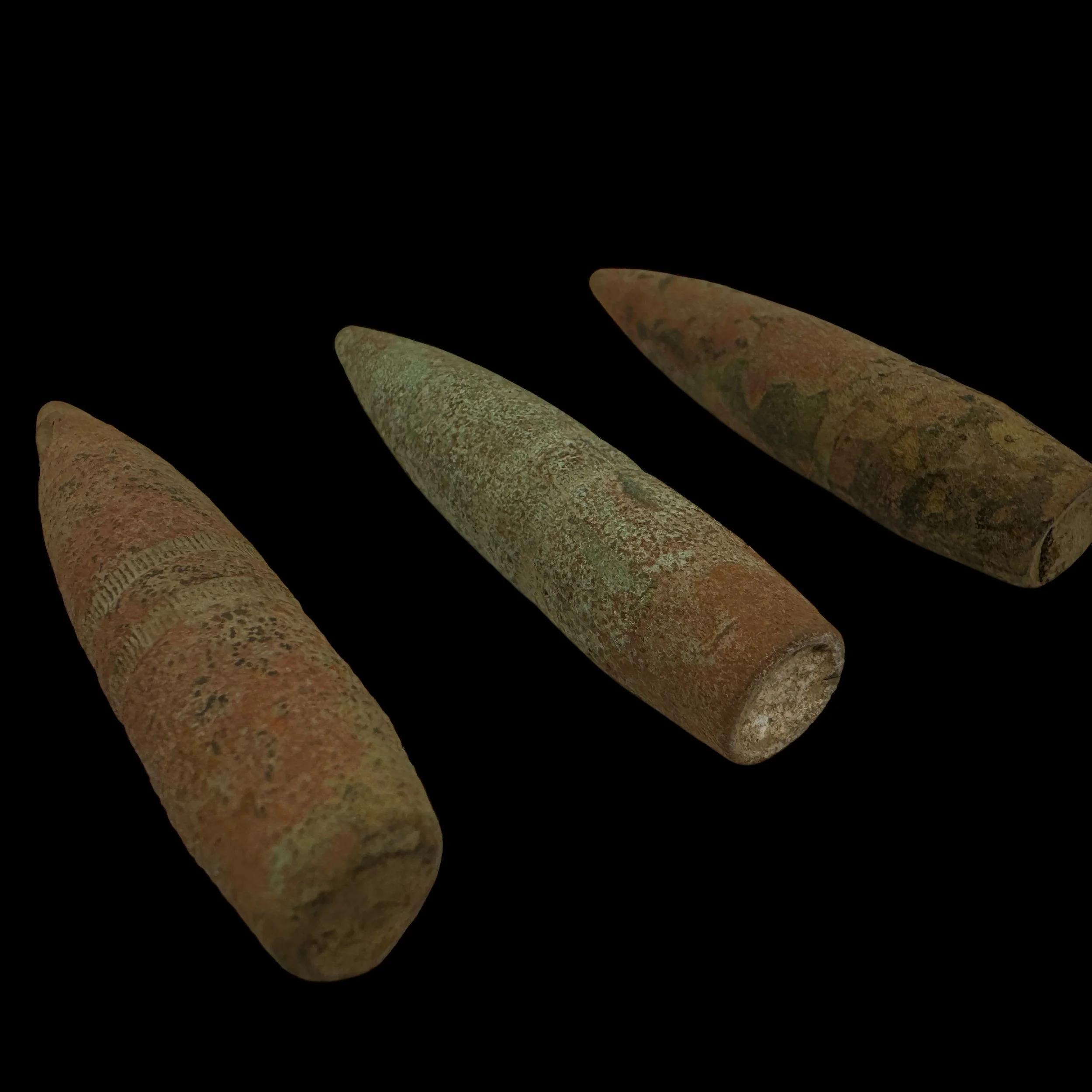


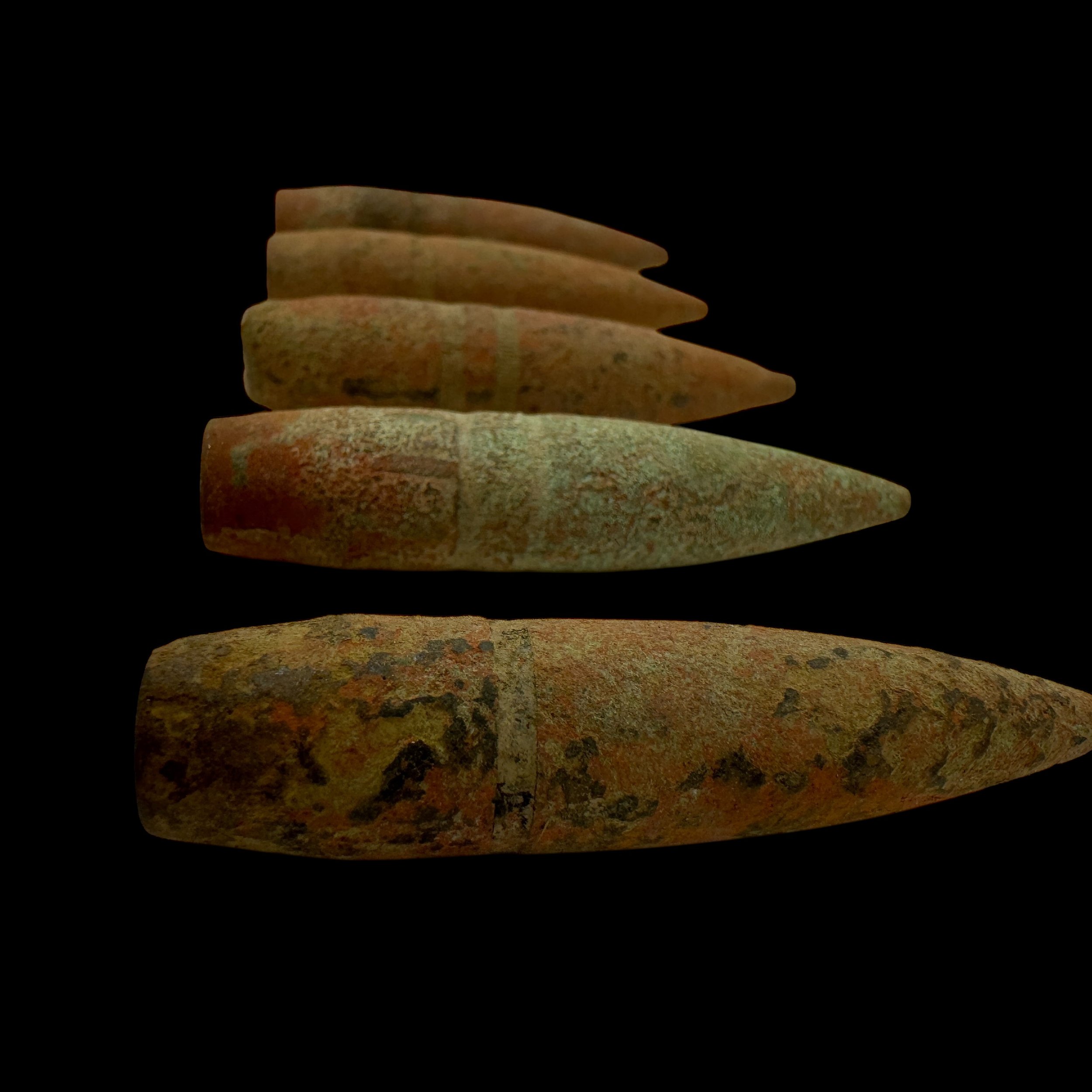
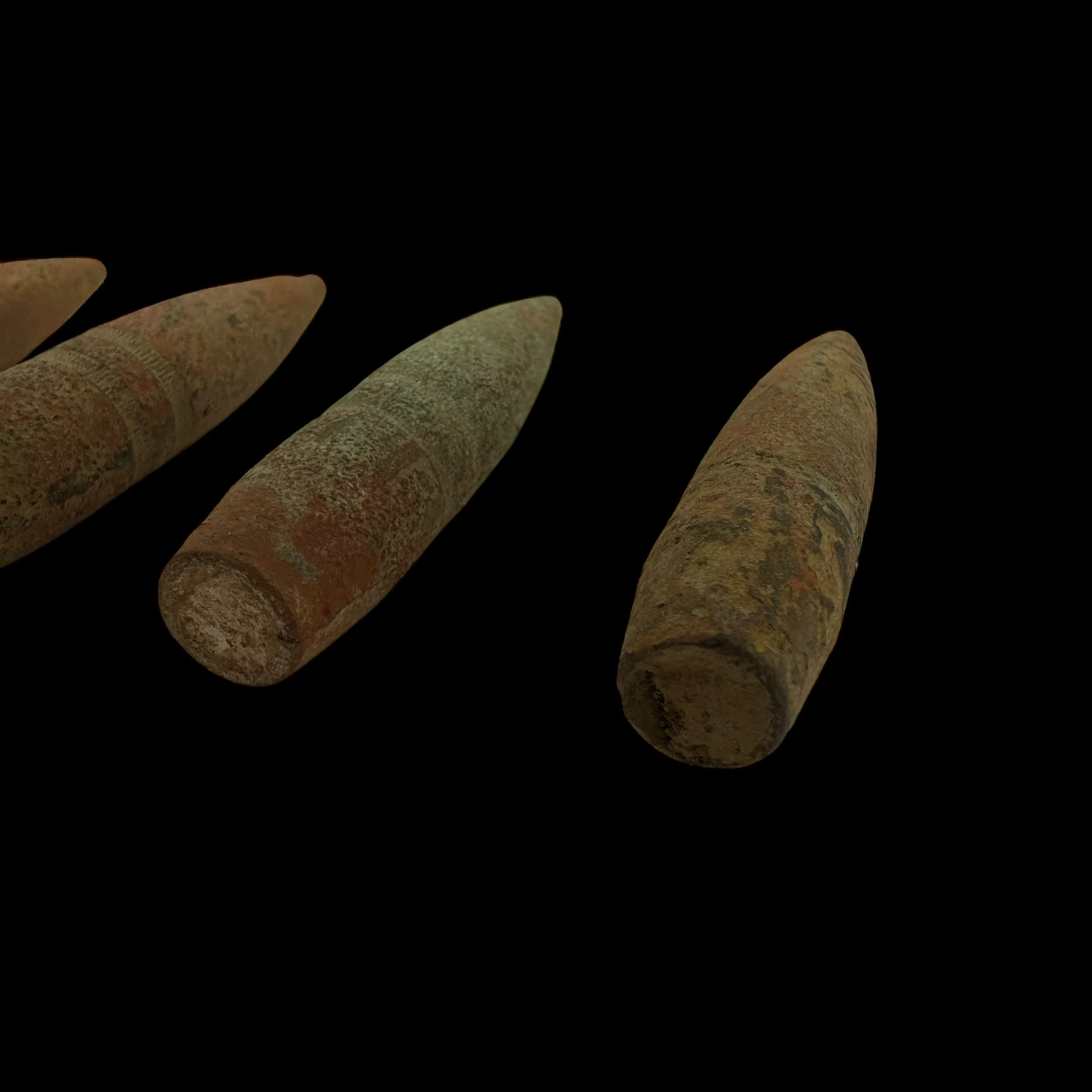
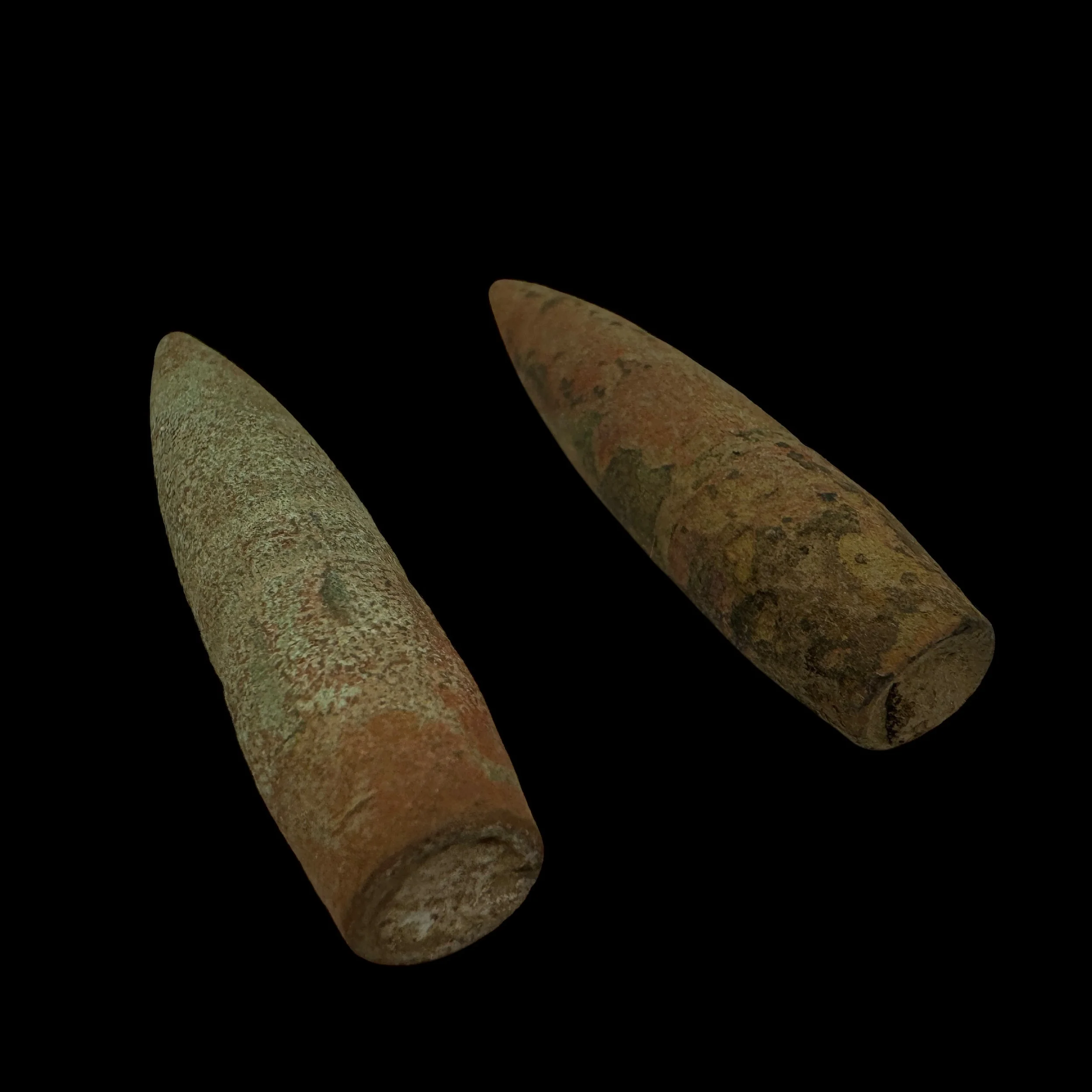
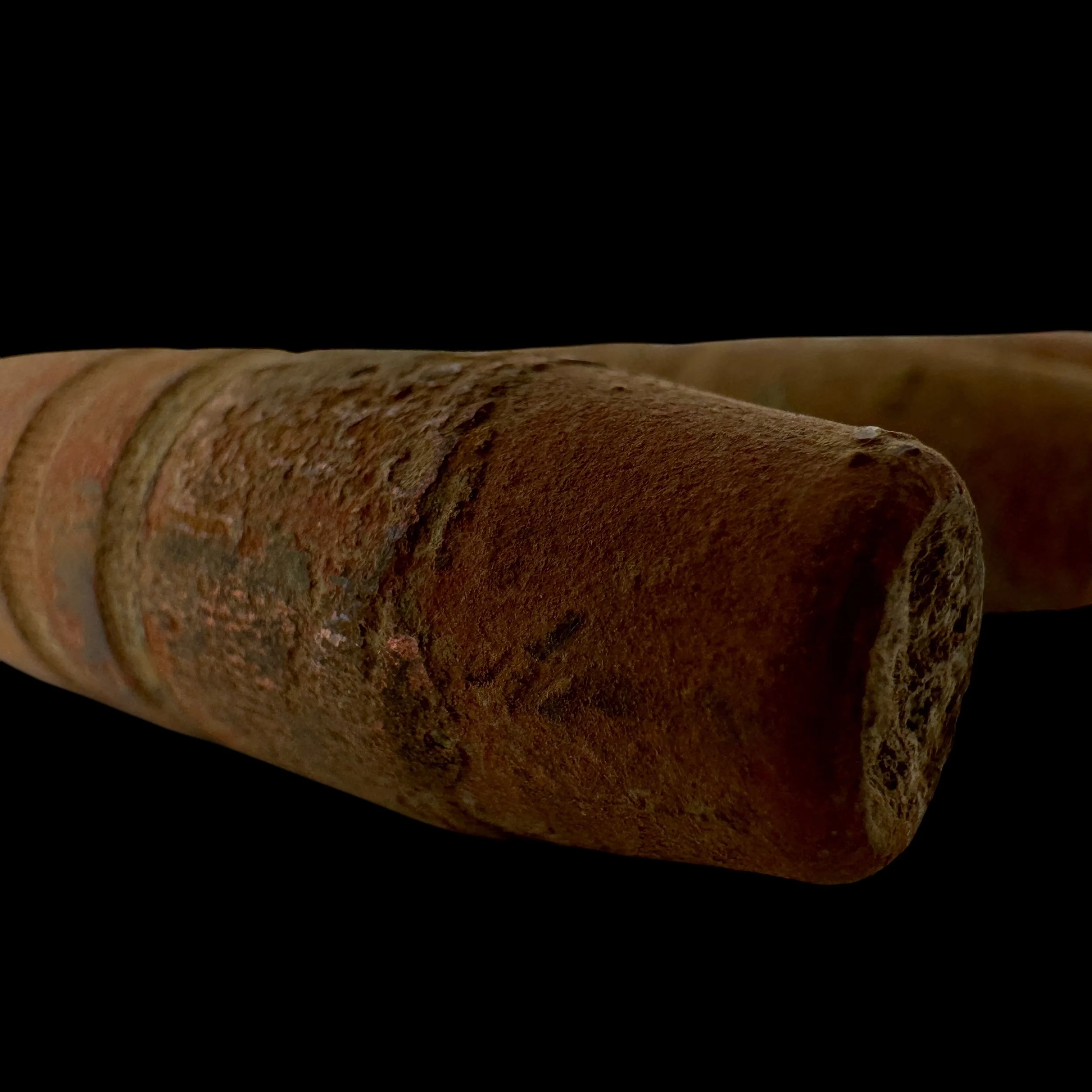

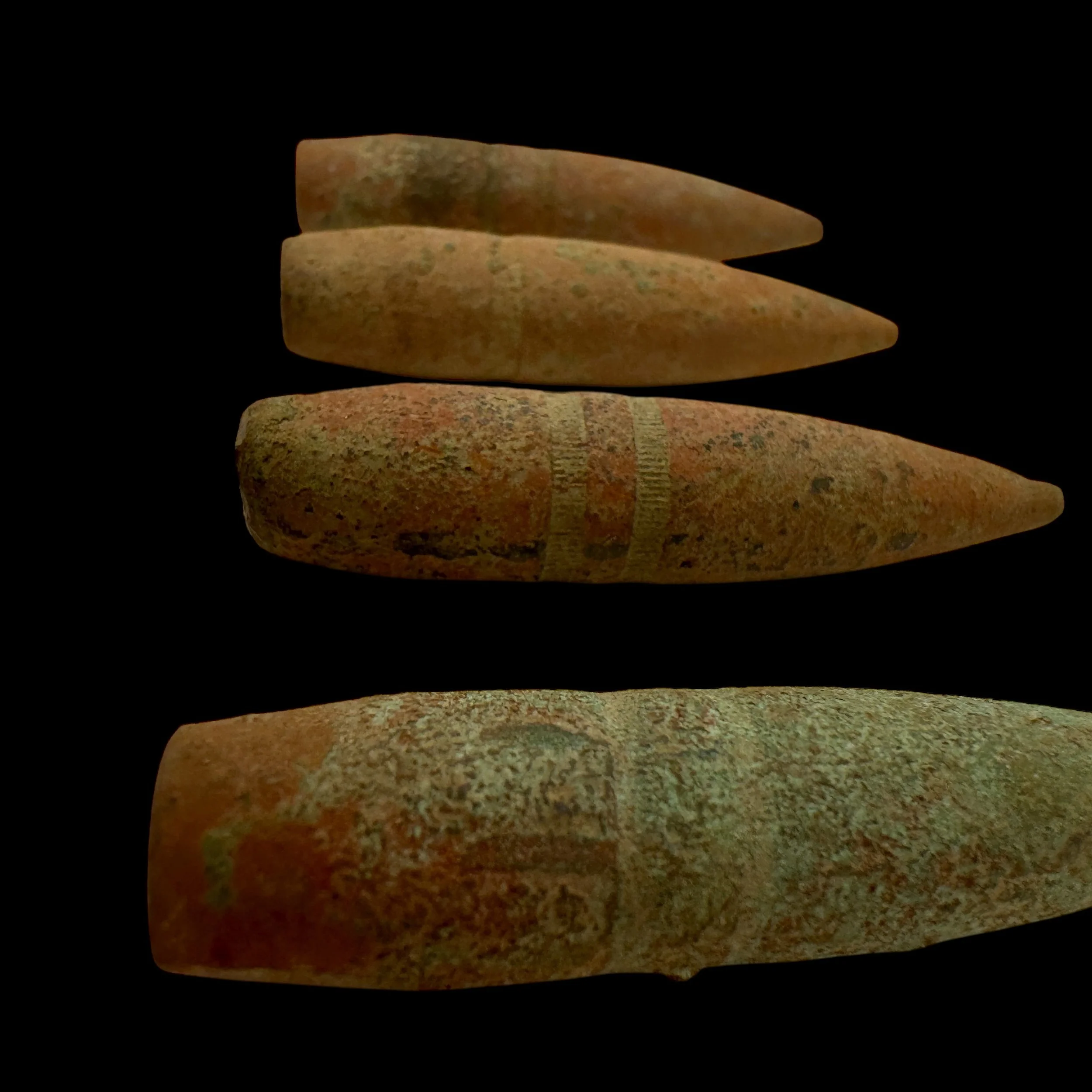

RARE! WWII 1944 Operation Market Garden “FIRED” Large .50 Caliber Machine Gun Bullet Recovered Between 101st Airborne DZ of Eindhoven and 82nd Airborne DZ of Nijmegen (1 Randomly Selected)
Comes with hand-signed C.O.A. and a full historical write-up
Type: Original World War II “FIRED” Large .50 Caliber Machine Gun Bullet
Campaign: European Theater
Battle/Operation: Operation Market Garden
Battlefield Recovered: Recovered between the 101st Airborne DROP ZONE of Eindhoven and the 82nd Airborne DROP ZONE of Nijmegen
Date: September 1944
This extraordinary artifact, of rare museum-grade quality, is an original fired .50 caliber machine gun bullet recovered during a meticulous and professionally conducted excavation of the historic Operation Market Garden battlefield. Unearthed from the very ground where pivotal events unfolded, this artifact provides a profound and tangible connection to one of World War II's most daring and high-stakes operations.
Recovered from the battlefield stretching between the 101st Airborne's drop zone near Eindhoven and the 82nd Airborne's drop zone near Nijmegen, this bullet bears silent witness to the heroism and sacrifice of the Allied forces. Operation Market Garden, launched in September 1944, was a bold Allied attempt to secure a swift path into Nazi-occupied Germany by capturing key bridges across the Netherlands. The operation involved more than 41,000 paratroopers from the U.S. 101st and 82nd Airborne Divisions, the British 1st Airborne Division, and the Polish 1st Independent Parachute Brigade, with critical support from British XXX Corps and other Allied ground forces.
Facing them were formidable German units, including the SS Panzer Corps and battle-hardened infantry divisions. These German forces mounted a fierce resistance, turning towns and bridges into fortified strongholds. The battles were intense and costly, particularly in Arnhem, Nijmegen, and Eindhoven. The operation saw nearly 17,000 Allied soldiers killed, wounded, or captured, while German casualties were estimated at over 13,000. Despite their incredible efforts, the Allies fell short of their objectives, making Operation Market Garden both a testament to bravery and a sobering reminder of the costs of war.
Each detail of this bullet, from its aged patina to its unique markings, tells a story of the relentless combat that shaped the course of history during those critical days. This relic symbolizes the courage of paratroopers who jumped into enemy territory under fire and the resilience of ground forces who fought to support their mission.
This bullet’s connection to the legendary events of Operation Market Garden makes it an invaluable addition to any collection. Whether for a dedicated historian, museum, or World War II enthusiast, it serves as a poignant reminder of the bravery, sacrifice, and determination that defined one of the war's most significant and challenging operations.
*When you purchase an original World War II artifact from this exclusive battlefield-recovered bullet collection, you will receiveone randomly selected bulletfrom the remarkable group of relics shown in the photos. Each artifact in this collection was carefully recovered from the historic Operation Market Garden battlefield, and the photos provided represent the exact number of preserved items available. This means the artifact you receive will be one of the very bullets pictured, ensuring its authenticity and direct connection to this iconic WWII event.
Operation Market Garden, launched in September 1944, stands as one of the most daring and ambitious Allied operations of World War II. Designed by British Field Marshal Bernard Montgomery, it aimed to break through German defenses by seizing key bridges in the Netherlands, creating a corridor for Allied forces to outflank the Siegfried Line and push into Germany’s industrial heartland. The plan combined the largest airborne assault in history with a ground offensive, but its execution faced numerous challenges. Central to the operation were the efforts of the 101st and 82nd Airborne Divisions, whose missions centered on the critical bridges at Eindhoven and Nijmegen. The ferocity of these battles and the significance of weapons like the .50 caliber machine gun underscore the intensity of the fighting along the corridor between these two cities.
The 101st Airborne Division, known as the "Screaming Eagles," was tasked with capturing key bridges in and around Eindhoven, a vital city for the advance of British XXX Corps. On September 17, 1944, paratroopers dropped into the Eindhoven area, encountering stiff resistance from well-entrenched German forces. The landings themselves were chaotic, with paratroopers under fire from anti-aircraft batteries as they descended. Once on the ground, the troopers regrouped and pushed toward their objectives, relying heavily on their arsenal, including the .50 caliber Browning M2 machine gun.
The Browning M2, with its long range, high rate of fire, and devastating stopping power, was crucial in suppressing German defenses. Its ability to penetrate fortifications and neutralize vehicles allowed the paratroopers to clear pathways and secure critical crossings. At several points, German engineers attempted to destroy bridges to halt the Allied advance, but the swift action of the 101st, supported by the overwhelming firepower of the .50 caliber machine gun, ensured that many of the bridges remained intact. Intense urban fighting raged in Eindhoven, as German troops launched counterattacks to regain control. However, the tenacity of the airborne forces prevailed, and Eindhoven was liberated, marking an early success in the operation.
Meanwhile, the 82nd Airborne Division, the "All Americans," was tasked with capturing the Waal River bridge at Nijmegen, one of the most strategically significant objectives of the operation. The drop zones for the 82nd were west of the city, requiring them to fight through heavily fortified German positions to reach their targets. German forces, anticipating the attack, had reinforced the area with artillery, machine guns, and armored vehicles. The paratroopers faced fierce resistance but pressed forward, using weapons like the .50 caliber machine gun to devastating effect. This weapon proved invaluable for suppressing enemy fire and clearing defensive positions, allowing the troops to advance through the perilous terrain.
One of the most dramatic moments of the Nijmegen campaign came during the crossing of the Waal River. In a daring maneuver, members of the 82nd conducted an amphibious assault using small boats to outflank the German defenses on the bridge. Under heavy fire, the .50 caliber machine guns provided critical covering fire from positions along the riverbanks, targeting German gunners who had entrenched themselves on the opposite shore. The sustained fire from the M2 Browning allowed the paratroopers to establish a foothold on the far bank, paving the way for the capture of the bridge after intense fighting. This victory at Nijmegen came at a great cost but was a pivotal moment in the operation.
Between Eindhoven and Nijmegen lay the corridor known as "Hell’s Highway," a vital supply line for the Allied advance. German forces launched relentless counterattacks against this narrow stretch, seeking to sever the connection between the airborne divisions and XXX Corps. The fighting along Hell’s Highway was brutal, with ambushes, artillery bombardments, and armored assaults testing the resolve of the Allied forces. The .50 caliber machine gun was once again instrumental, mounted on vehicles and in defensive positions to repel German attacks. Its versatility allowed it to destroy enemy vehicles and suppress infantry, making it an essential tool for holding the line.
Despite the firepower and determination of the Allied forces, the challenges of defending Hell’s Highway were immense. German forces exploited the narrowness of the corridor, inflicting heavy casualties and delaying reinforcements. However, the bravery of the men who fought there ensured that the airborne divisions remained supplied and supported, even under the most harrowing conditions.
Although Operation Market Garden ultimately failed to achieve its final objective of securing the bridge at Arnhem, it highlighted the extraordinary courage and resilience of the Allied forces. The battles at Eindhoven and Nijmegen showcased the strategic importance of the airborne divisions and their ability to adapt to intense combat scenarios. The .50 caliber machine gun emerged as a symbol of the fierce fighting, its firepower proving indispensable in both offensive and defensive operations. The sacrifices made during Operation Market Garden remain a testament to the determination of the Allied forces to liberate Europe from Nazi tyranny, even in the face of overwhelming odds.